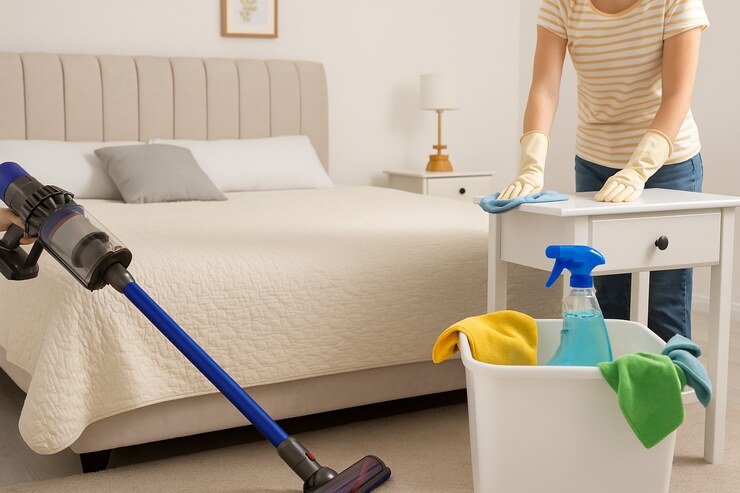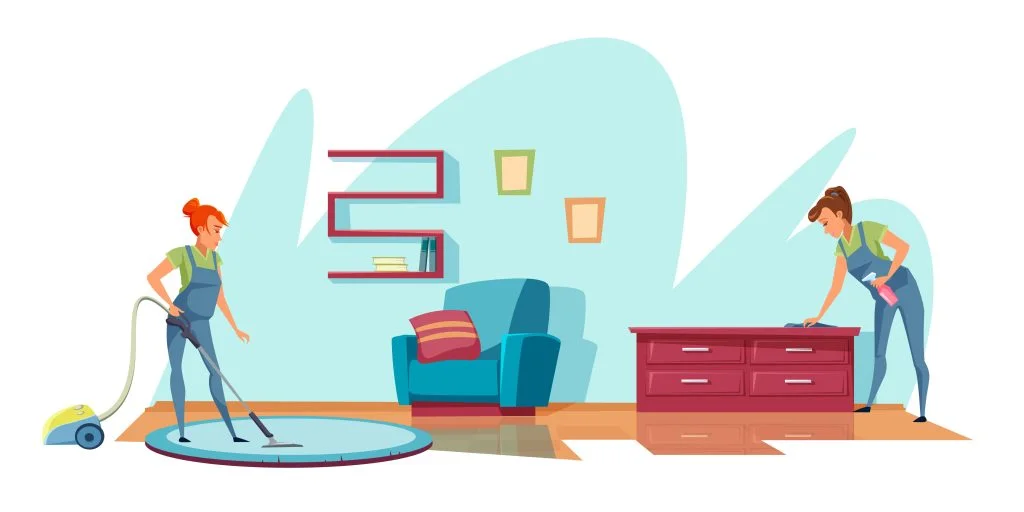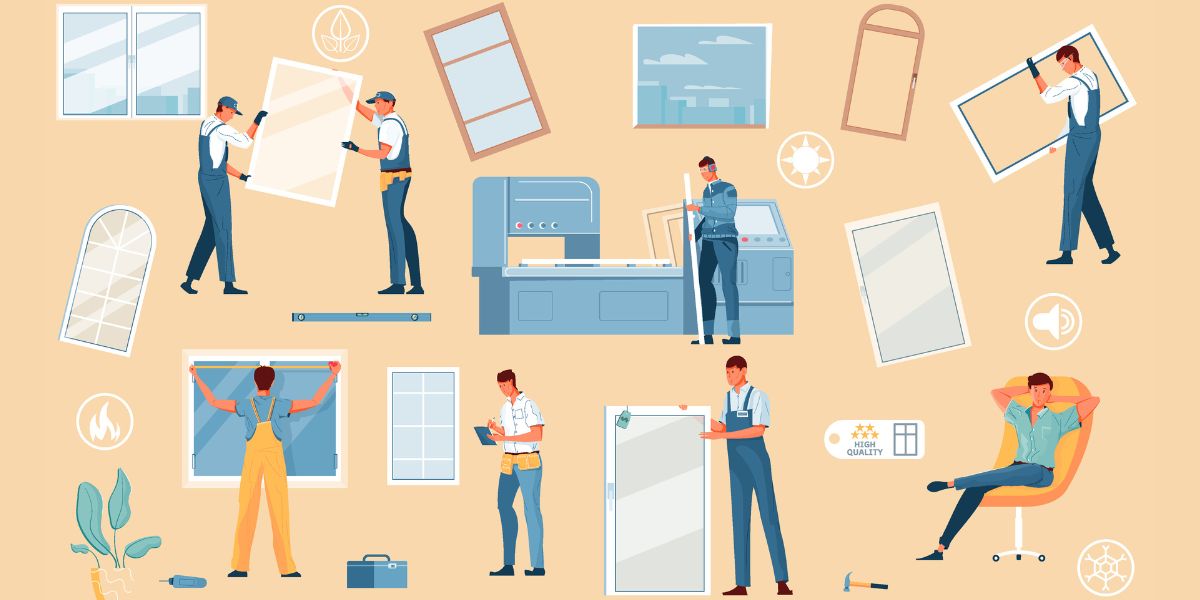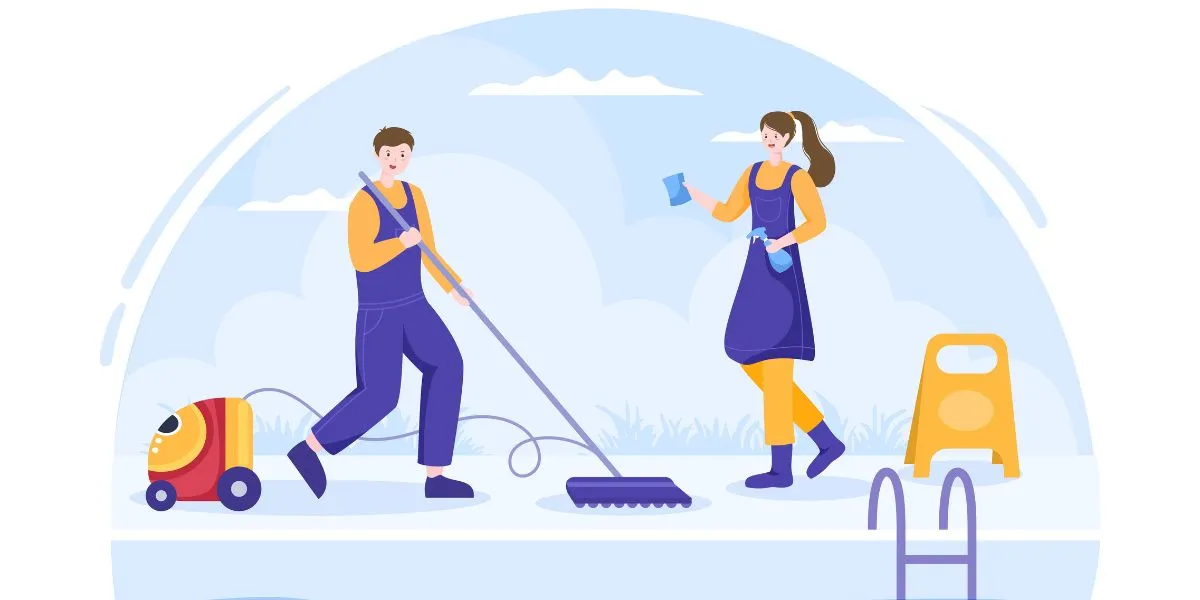Reduce Indoor Allergens with Smart Cleaning Tips
There are more allergens in the area if you sneeze more indoors than outdoors. Dust mites, mould spores, pollen, and pet dander are examples of indoor allergens that can infiltrate your carpets, furniture, and even air ducts and cause harm to anyone who is allergic to them. Allergies are discomfort and lead to persistent respiratory conditions when not well managed.
If your calendar is dotted with allergy seasons or you are preparing for bond cleaning Perth, the focus should be on preventing allergies. In a rental area, owners come home with a bag of hygiene and sanitation in their hands, especially during the inspection period. This blog will provide seven practical cleaning tips for reducing indoor allergens and creating a clean and healthy atmosphere in your home. The advice includes tips on properly vacuuming and cleaning uncleaned areas, which will make a significant difference.
1. Vacuum as Often as Possible With a HEPA Filter
Vacuuming is the most potent weapon against allergens, but not all can compete with the best. Most people’s home vacuums can capture visible debris but may also allow tiny particles, such as dust mites and pollen, back into the atmosphere. The Hoover cleaner needs a HEPA (high-efficiency particulate air) filter to capture even the smallest allergens. Vacuuming mattresses, upholstery, carpets, and rugs should be done at least twice a week. Allergics would particularly love using a cordless vacuum for quick cleaning daily.
2. Hot-water wash for Bedding and Clothes
Once in a blue moon, you clean your bed, drapes, and upholstery covers because they allow many ways of introducing allergens into your home. Also, clean the bed linens once a week and wash them in hot water about 130 degrees Fahrenheit (54 degrees Celsius) or more to remove dust mites. Besides all that, wash rugs, pillowcases, and curtains regularly. However, if you have sensitive skin or respiratory problems, hypoallergenic pillow and mattress shield coverings that protect against allergens while you sleep are a good option.
3. Inside Control Humidity
Another thing is that it kills mould, and dust mites flourish in high-moisture conditions. It also maintains a humidity level of 30-50 per cent, which is useful. Additionally, add the dehumidifier in moist places like the bathroom.
The exhaust fan can run constantly while you cook or take a shower. Given the continually shifting climate, having a hygrometer on hand could be wise if you’re in Perth. Keeping humidity levels under control would benefit both the rental agreement and your health because landlords frequently check for mould during deep property cleaning inspections, particularly in places with inadequate ventilation.
4. Use Allergen-Reducing Cleaning Products
Not all cleaning products are tolerated by allergy sufferers. Asthma patients and the respiratory tract are affected by these chemicals. Moreover, always use products from toxicity, odour, and allergenic inspiration for cleaning. So, Bond Cleaning Sunshine Coast uses this natural cleaning agent, which guarantees no chemical paths after cleaning the kitchens and bathrooms.
5. Clean Air Ducts and Replace Filters
This HVAC system circulates air throughout your home but can also spread allergens due to mismanagement. Cleaning or replacing air filters should be done every 1-3 months, especially in peak allergy seasons. The best way to entertain central air conditioners is to hire professionals to clean your air ducts annually. Dirty ducts may shelter dust and air from pets, moulds, and other particulates that worsen indoor air quality. Of course, most people will say they don’t find it a devote or time, but this is a vital long-term aspect of allergen control.
6. Declutter to Minimize Dust Collectors
The more you possess, the more places allergens can gather. Old books, clothing you have not used since Christmas, and heaps of paper increase the dust in a room and make cleaning quite inconvenient. Fewer surfaces to attract allergens can be achieved by simplifying your home’s shape and keep-downs. Minimalism isn’t just a design choice-it’s a clever strategy for creating a cleaner, healthier space. Last but not least, decluttering at the time of moving can also make cleaning easier and leave behind a property in a top-notch condition.
7. Groomes the Pet and Cleans Spaces Often
Pet dander is another major indoor allergen. It doesn’t just associate itself with hair; proteins shed from skin flakes, saliva and urine provoke acquired reactions. Bath and groom pets frequently to reduce dander. Lint roller and pet vacuum can be handy on sofas, rugs and pet beds. Wash bedding and toys often. If you’re leaving a rental house, any area your pet frequents needs a good clean. Pet allergens can live on long after you’ve gone. Thus, thorough scrubbing is essential for hygiene and, of course, for retrieving the deposit.
Wrapping Up
These seven housekeeping tricks will curb the allergens, making your home healthier. Each step-from regularly vacuuming with a HEPA filter to washing bedding with hot water and using allergen-proof covers-serves to eliminate dust mites, pet dander, mould, and pollen in as many ways as possible. Decluttering, humidity control, and good ventilation also go a long way toward ensuring clean air indoors. Simple as these may be, they help remedy allergy problems and promote general well-being to all household members. These tips guarantee that your living area is secure, hygienic, and safe whether you are remaining put or getting ready for end-of-lease Bond Cleaning Perth. Start today and breathe more freely in your newly refreshed and allergen-low home.
Also learn about Guide to windows and blinds cleaning at the end of lease




